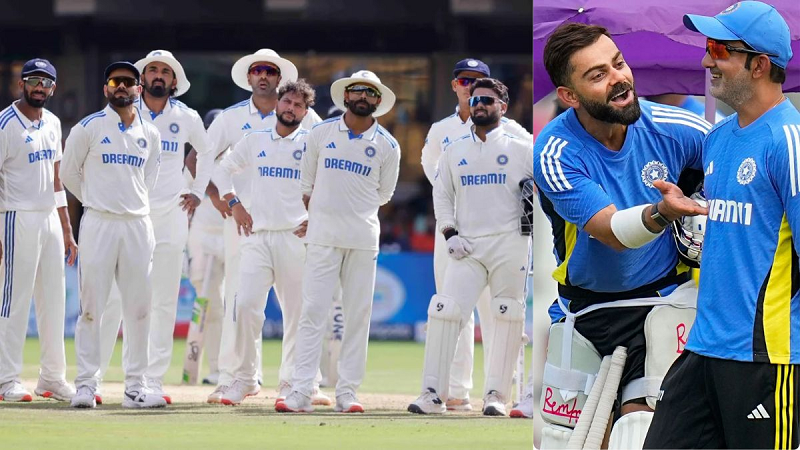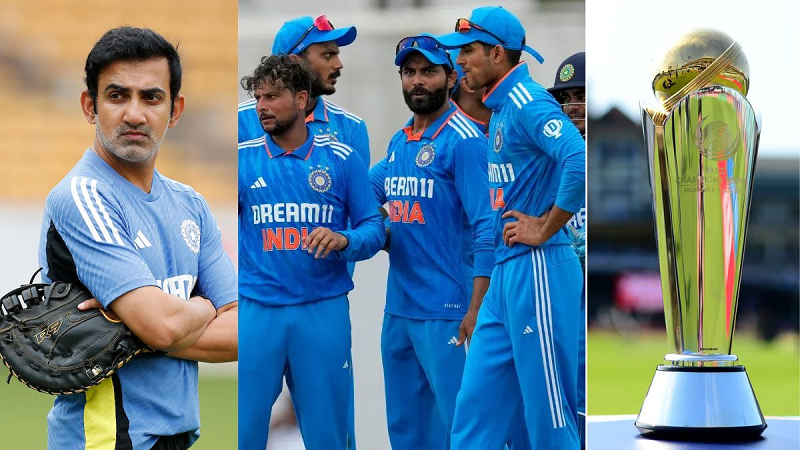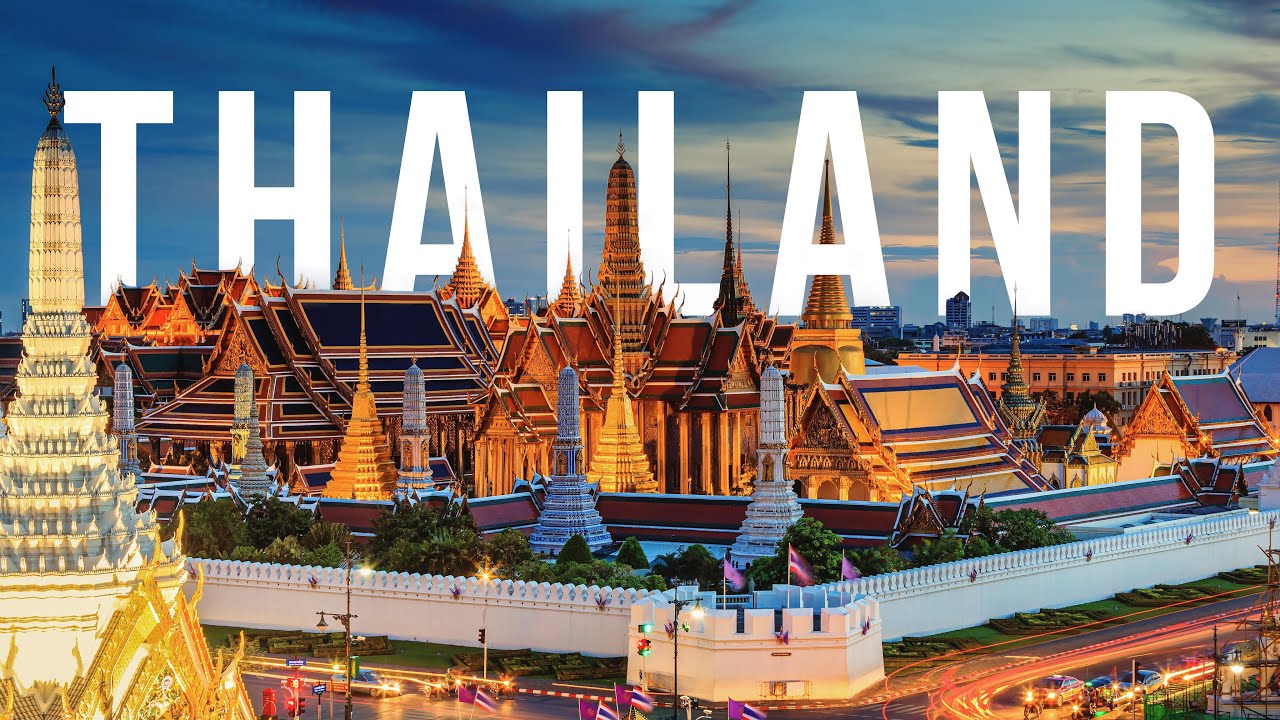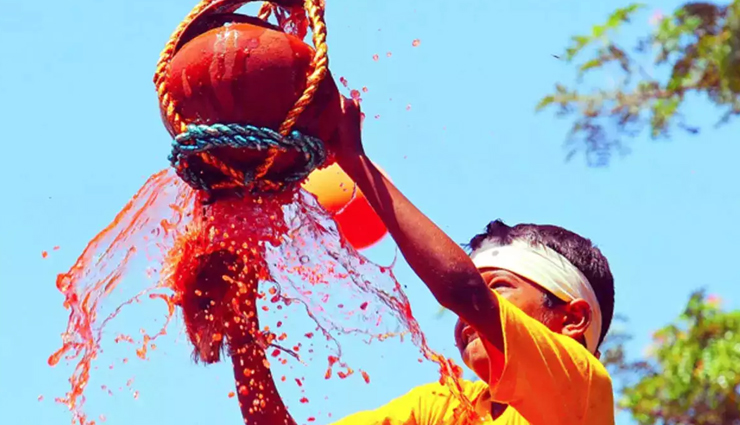India is the only country in the world where people of different castes and religions live together in harmony. Temples, mosques, churches, and gurudwaras are easily found in one place in every state and district of the country. Due to this, the religious places here are known for faith as well as for tourism. Everyone reaches to visit these religious places. But do you know that there are some religious places in the country where the entry of women is prohibited? You will find it strange to know, but it is true. There are many such religious places in the country where there is controversy over the entry of women. However, in many cases, court hearings are also going on. Today we are going to tell you about such religious places where even today the entry of women is banned.
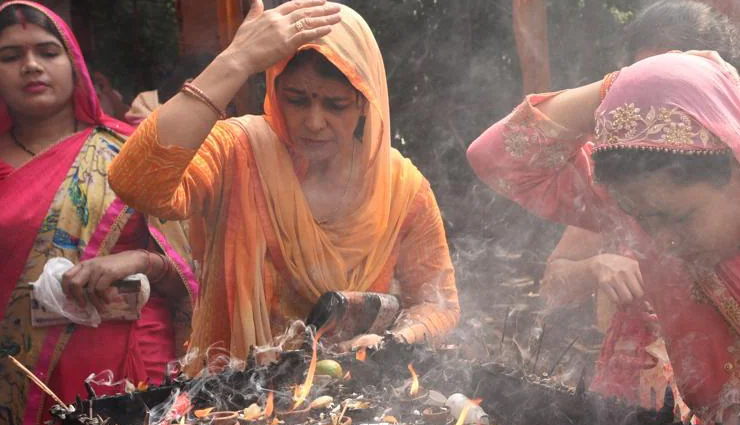
Shani Shingnapur Temple
Shani Shingnapur Temple is a famous temple located in Ahmednagar district of Maharashtra. The temple is famous for Lord Shani, who is believed to reside here in a black stone even today. This temple attracts a large number of devotees every year. But for your information, let us tell you that women were not allowed to enter the Shani temple for more than 400 years. Only male devotees could have the darshan of Shani Maharaj in this temple. Which was also strongly opposed by women. On 8 April 2016, after protesting against this tradition, the entry of women into this temple was allowed.
Sabarimala Temple
Sabarimala Temple, located in the Pathanamthitta district of Kerala, is one of the most famous and sacred temples in South India. Situated on the Sahyadri range, this temple is dedicated to the Hindu deity of celibacy, Ayyappan. It is said that devotees have to fast for 41 days to visit this temple. In such a situation, women are unable to complete this fast due to periods, so women are not allowed to enter the premises of this temple. For your information, let us tell you that in the last few years, protests have also been seen many times regarding the entry of women into the temple. Although the Supreme Court has allowed women to enter, the local people still oppose it.
Padmanabhaswamy Temple
Padmanabhaswamy is a famous temple of Lord Vishnu in Thiruvananthapuram, Kerala, India. This historical temple, included among the major Vaishnav temples, is one of the many tourist places in Thiruvananthapuram. Padmanabha Swamy Temple is an important place for Vishnu devotees. It is believed that the statue of Lord Vishnu was first found in this place. After this, this temple was constructed at the same place. Women are not allowed to enter this temple.
Pir Haji Ali Dargah
Pir Haji Ali Dargah present in Mumbai, the financial capital of India, is a very sacred religious place for the people of the Muslim community. Every month lakhs of devotees come to this Dargah to offer chadar on the grave of Haji Ali. But, for your information, let us tell you that lakhs of devotees come every month, but even today women are not allowed to enter this Dargah. This ban was removed for some time around the year 2011-12, but later it was banned again.
Kartikeya Temple
The Brahma temple present in Pushkar city of Rajasthan is dedicated to Lord Brahma. Karthikeya Temple is present on the premises of this temple, in which women are not allowed. It is said that Kartikeya is a celibate God, hence no women enter this temple, and even if women go people get angry. Women are not even allowed to pray around this temple.
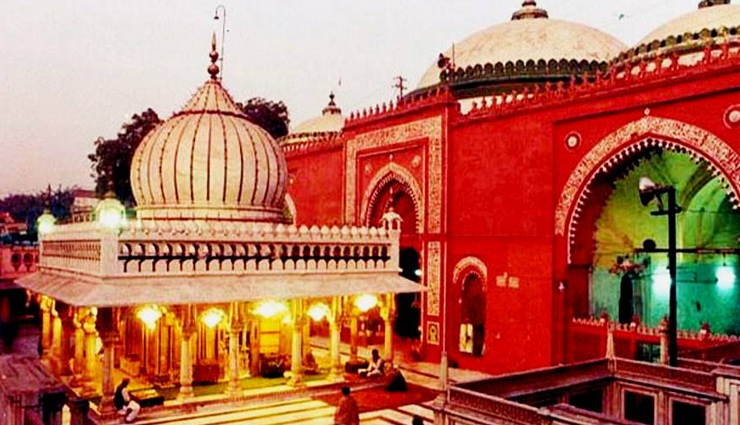
Dargah of Hazrat Nizamuddin Auliya
The tomb of Hazrat Nizamuddin Auliya in South Delhi is a sacred shrine of the Sufi period. Women are not allowed to enter this dargah. Hazrat Nizamuddin was the fourth saint of the Chishti Gharana. This Sufi saint set an example of renunciation and tolerance. It is said that in 1303, on his advice, the Mughal army stopped the attack, thus he became popular among people of all religions.
Muktagiri Jain Temple
There is a Jain temple in Guna, Madhya Pradesh. The main deity of this temple is Lord Shantinath. This temple was built in the year 1236. No woman or girl can enter this Jain temple with foreign attire and make-up.
Kamakhya Temple
Mother Kamakhya or Kameshwari is called the goddess of desire. The famous temple of Kamakhya Devi is located in the middle of Neelachal Hill, in the western part of Guwahati, the capital of Assam state in northeast India. Maa Kamakhya Temple is considered to be the holiest and oldest among the 51 Shaktipeeths on earth. The interesting thing about the temple is that there is no idol installed for the worship of the temple mother, rather there is a flat rock in the shape of the vagina in the temple premises which is worshipped. And that is why women are not allowed to enter the temple during menstruation.
Mavli Temple
There is a temple of Mavli Mata at a distance of 5 kilometers from Dhamtari, Himachal. Women do not enter this temple. She worships from the entrance of the temple itself. The belief behind this is that the Mother had told in the dream that she was a virgin, hence women should not enter her temple.
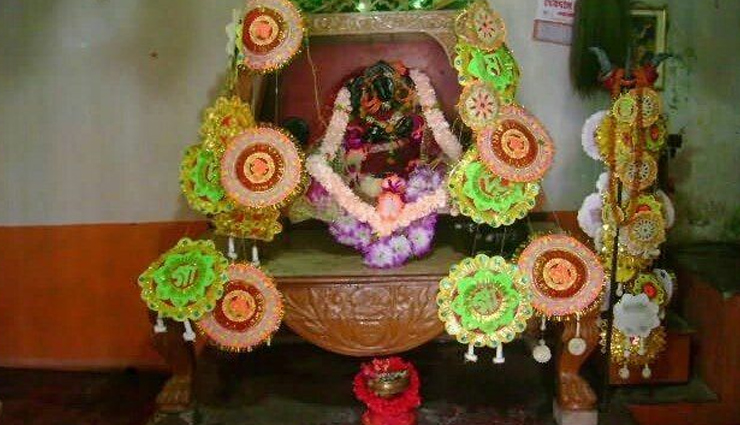
Mangal Chandi Temple
Mangal Chandi Temple is one of the few temples in India where entry of women is restricted. Mangal Chandi Temple is home to a female deity, yet women are not allowed to enter the premises. This 200-year-old temple in Jharkhand accepts offerings only from men who visit the temple. It is said that if women worship the Goddess in this temple then it may anger the Goddess and bring bad luck.
(PC: Lifeberrys)



